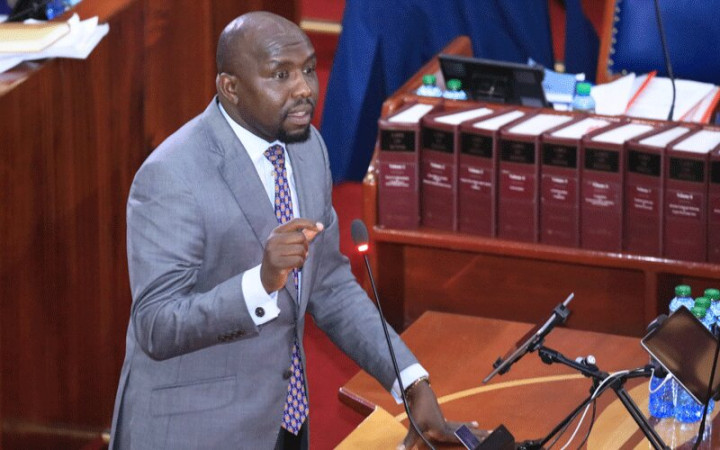Road crashes claim lives of 4,432 Kenyans

At least 4,432 Kenyans died in road crashes between January and December 13, a new National Transport and Safety Authority (NTSA) shows.
The report released yesterday reveals that 4,271 lives were lost within the same period last year.
NTSA says there was, however, a negligible decrease in accidents resulting in serious injuries (9,315) and a 20 per cent increase in slight injuries.
During that period, a total of 20,438 accidents were reported compared to 19,213 last year. The highest casualties were pedestrians with records indicating that 1,587 were killed followed by motorcycle riders at 1,188. Others were passengers (792), pillion riders (408), drivers (400) and cyclists (57).
NTSA said fatality rates are higher in highly urbanised counties.
The agency attributed the development to improved infrastructure and increased population, a trend that has escalated interaction between vulnerable road users such as pedestrians, motor cyclists and vehicles on the road.
Data shows most of the fatal traffic crashes occurred between 5pm and 9pm with the peak last week being 5pm. This was largely attributed to reduced enforcement during these times, high volumes of traffic and pedestrians (rush hour), pedestrians crossing at non-designated areas and fatigue among others.
Following the increase in accidents, a countrywide crackdown on motorists and road users flouting traffic regulations was launched yesterday to contain deaths and injuries traditionally witnessed around the festive season.
Interior Cabinet Secretary Kithure Kindiki and his Roads and Transport counterpart Kipchumba Murkomen jointly launched the latest drive that will see police and NTSA intensify traffic presence and checks on major roads.
High number
The CSs said analysis and investigations into many accidents around the season attributed their causes to human error made worse by merrymaking, especially excessive consumption of alcohol and drug use.
“We will enforce the law using all means possible. I have directed the police to crack heavily and without exceptions on those found flouting traffic rules,” Kindiki said.
The surge in the accidents, though partly attributed to the presence of more vehicles on the roads by travelers going to rural homes and holiday destinations, overwhelming evidence suggested many of the crashes could be avoided with stricter enforcement of traffic rules.
Specifically, the multi-disciplinary team will target speeding, overloading of goods and excess passengers, driving without valid licenses, contravening of route and time, reckless and drunk driving, and unroadworthy vehicles and motorbikes.
The matatu owners and operators have been directed to voluntarily comply with Road Safety Regulations that include retrofitting vehicles with clean safety belts and functioning speed governors.
Murkomen said the high number of road carnage results from avoidable human factors including driving under the influence of alcohol, speeding, dangerous overtaking, fatigue and ignoring traffic lights and signs among others.
He assured that the government has stepped up efforts to reduce the trend by adopting a multi- pronged strategy that entails public awareness and enforcement.
“We are working with citizens to promote personal responsibility by encouraging passengers in both private and public vehicles to speak out against reckless driving and other habits that endanger the lives of Kenyans,” Murkomen said.
He and his Cabinet colleagues said they had launched the 2022 December Festivity Enforcement Initiative knowing that a high number of road crashes occur at night due to poor visibility. They urged motorists, especially those driving heavy commercial and public service vehicles operating at night to implement measures that will enhance visibility.
“This includes proper positioning of signage like triangles, chevrons and retro-reflective. Additionally, motor vehicle owners must move with speed to remove stalled vehicles within one hour of an incident, and ensure proper signs are placed at safe distances on the road to warn approaching motorists,” Murkomen said.
The Transport CS has since instructed Kenya National Highways Authority (KeNHA), Kenya Urban Roads Authority (Kura) and Kenya Rural Roads Authority to heighten surveillance on the roads and ensure all stalled vehicles are towed within one hour to enable smooth flow of traffic.
He also directed KeNHA and Kura to ensure vehicles passing through weighbridges are roadworthy as per requirements of the Traffic Act.










